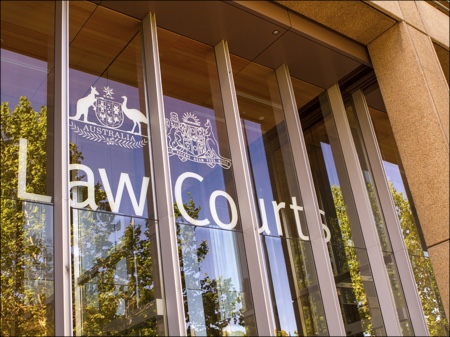How a death benefit nomination protects your superannuation

What are the three most valuable assets you own?
I’m guessing your house is at the top of the list. After that you might have your car, a caravan or boat, or even an investment property. But chances are you’ve forgotten an asset that’s more valuable than pretty much everything else on the list (other than your house).
Your superannuation.
That’s right: Your superannuation is probably the second-most valuable asset you own. But while you’ve no doubt insured your house, car and other possessions, what have you done to protect your superannuation?
If you think it’s all covered by your Estate plan, think again. Superannuation savings are not considered to be part of your estate. So how do you control how your superannuation is distributed when you die?
With a Death Benefit Nomination (DBN).
A DBN instructs the trustees what you want done with your superannuation when you die. And providing your nomination is binding (i.e. it complies with both superannuation law and the SMSF’s trust deed), they are bound by it and must distribute your benefits according to your nomination.
But if your nomination is not binding (or you don’t have one in the first place), the trustees can distribute your superannuation death benefit to either your dependents or your estate.
So you need to make sure you have a proper binding death benefit nomination in place, and not just so it isn’t reduced by unnecessary tax. The last thing you want is for your DBN to become a court dispute as it did for the Munro family.
Here’s what happened....
Barrie Munro was a member and trustee of an SMSF (“The Barrie and Suzie Super Fund”) with his second wife, Patricia Suzanne (“Suzie”) Munro. When he signed his binding DBN, it specified that his benefits be paid to the “Trustee of Deceased Estate“.
When Barrie died, Suzie’s daughter (who wasn’t related to Barrie) was appointed as a co-trustee of the SMSF. And together they advised Executors they would be exercising discretion and paying the benefits to Suzie because the DBN was invalid.
And who were the Executors? Vanessa Munro and Elke Munro-Stewart—Barrie’s daughters from his first marriage.
Vanessa and Elke immediately sought a court order claiming the nomination was binding on a trustee, and that his superannuation benefits should be paid to his Estate according to his Will, which made provisions for them both.
However, the court found that the DBN wasn’t binding because the term “Trustee of Deceased Estate” didn’t comply with superannuation law and the trust deed, which required payments to be made to “dependents” or a “legal personal representative”.
And so Suzie and her daughter, as the SMSF’s trustees, were free to pay Barrie’s death benefit to Suzie.
As you can imagine, this would have been very upsetting for everyone involved. And it could all have been avoided if Barrie had made sure his DBN was actually binding.
To make sure this doesn’t happen to your family, and that your superannuation benefit is distributed the way you want it to be distributed, make sure you:
- review and update your DBN every three years (or whenever your circumstances change)
- update your superannuation fund trust deed:
- every three years
- as part of your overall estate plan.
And if you really want payments to be made to your estate, use the term “Legal personal representative” instead of “Trustee of Deceased Estate”.
If you’d like to know more about how to protect your superannuation, get in touch with the team at Paris Financial or Physio Accountant.
Physio Accountant is a division of Paris Financial
